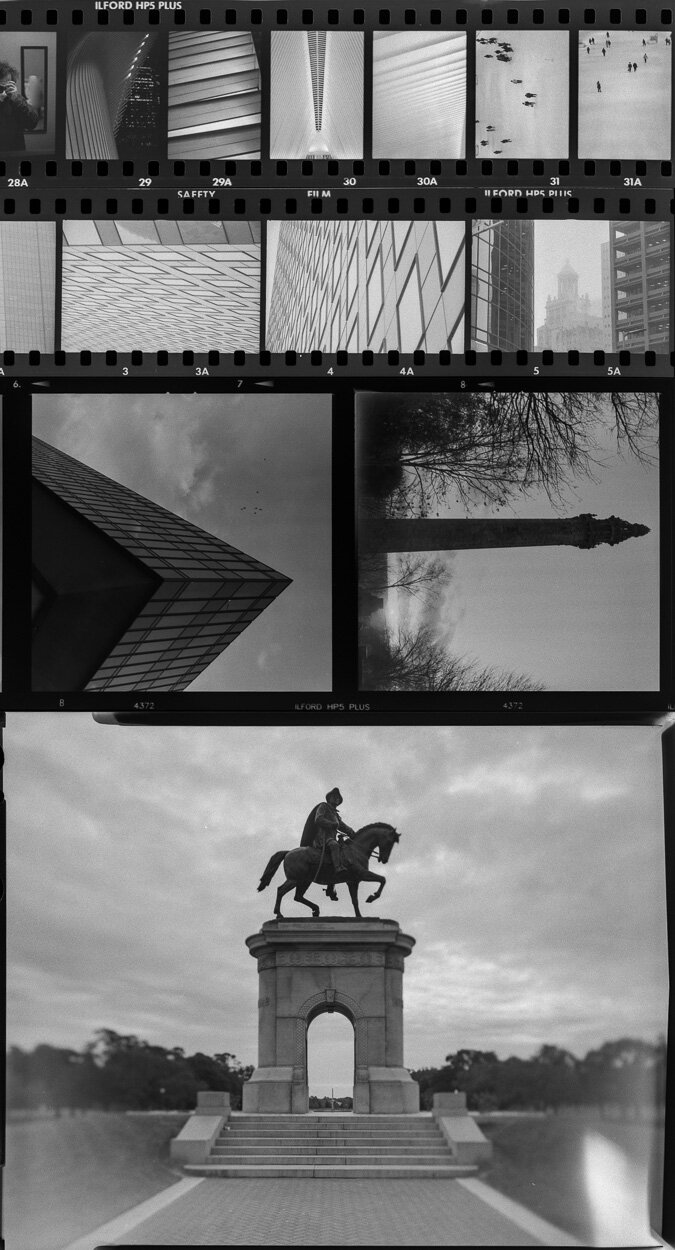That's not full frame... THIS is full frame!
What is “full frame”? And why is it so small?
When digital cameras started producing images with a fidelity that rivaled film (at least for practical purposes), the way manufacturers kept costs low enough to access the consumer market was to produce digital sensors as small as possible. The smaller “consumer” format took the name from the APS-C film format, and the regular 35mm size was marketed as “full-frame” to infer that APS-C was not the “Full” experience. Ironically, “full frame” is very small in the grand scheme of things, and I’ll explain how it fits in with other formats in this post.
For the generation of photographers who have never seen a real roll of film, we should remind ourselves that nothing is new under the sun.
Can you imagine a set of traditional photographers being irritated by a smaller-format camera that is suddenly popular with people who don’t know the first thing about photography? It has happened over and over and over again. The invention of gelatin film, the Brownie, 35mm roll film cassettes, disposable cameras, the iPhone.
Photography for its first 100 years used capture media measured in multiple inches. These “large format” images are still present today, commonly 4x5 and 8x10 inches. Captures this size can be printed 1:1 (i.e. no need for enlargements) meaning that small flaws in the lens or the film would remain small in the print. This is one reason that 4x5 and larger formats are used for pin-hole images, rather than the much, much smaller 35mm format.
Medium format photography used much smaller negatives by comparison. 6x4.5 to 6x9cm images are produced which, though enlargements are needed for prints, still dwarf the size of the film grain and any flaws in the camera’s lens. Even with the Kodak Brownie’s cheap single lens, image quality is still acceptable due to the large size of the negative produced.
We tend to think of Leicas as being expensive for pure status reasons. But this is not so. Leica had the idea of using the narrow rolls of film used in cinema to make a compact stills camera. With this invention of 35mm film, Leica had to convince everyone that the image quality was still good enough for large prints, but this could only be achieved with the finest lenses they could possibly make. Had Leica cheaped-out on the lenses, 35mm cameras may never had gained traction with photographers used to the more forgiving medium and larger formats.
Even with 35mm film, some cameras were made to expose half-sized frames to get twice the number of shots on a roll, and to make the cameras and lenses more compact (the Olympus Pen F, for example). With these images, the grain is very large compared to the frame size, producing very gritty images even with finer-grained film. Cropping into these images is very difficult and even the most lo-fi of us would view these cropped images as barely acceptable in quality.
From top to bottom, 35mm half frame, 35mm full frame, 6x6cm medium format, 4x5 inch large format.
I’m writing this blog post in an era where medium format digital photography is approaching consumer price-points and we are back in a situation seen before in the height of the film era. Small APS-C cameras (like the Fuji x series) and iPhones are great for portability and economy (still with very good image quality) and medium format cameras like the Hassleblad X series providing the large sensors great for studio and commercial work. 35mm “full frame” digital cameras still cover the middle ground well, but not excelling in anything other than motor-drive sports and action scenarios.

